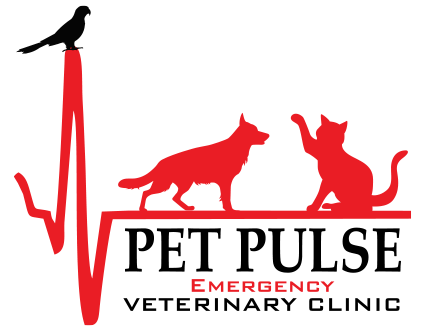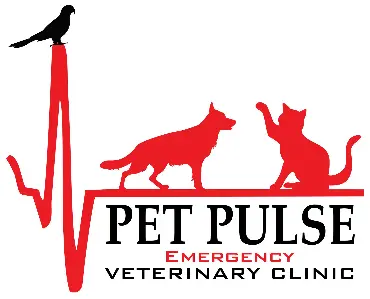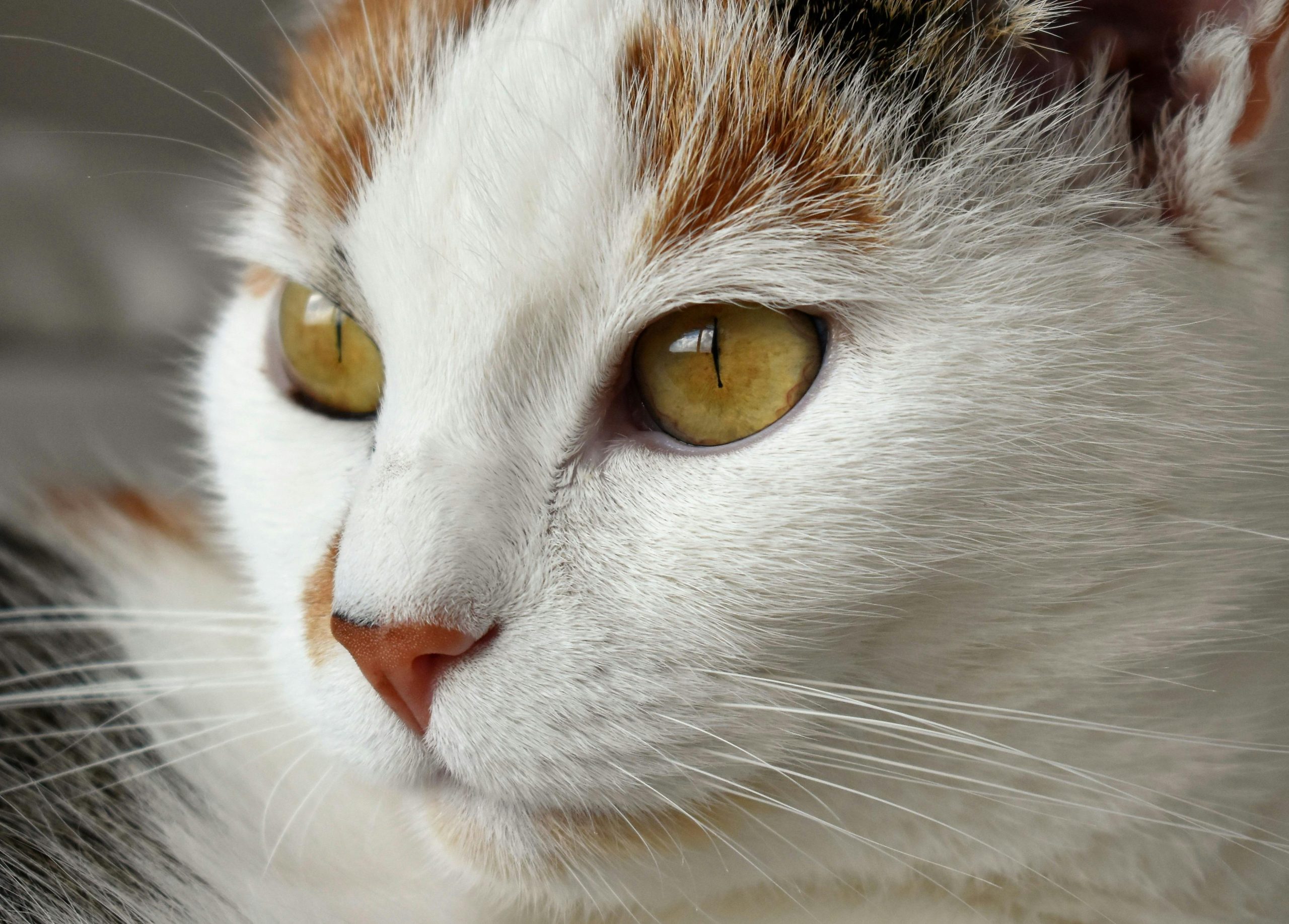Tiny bumps on your cat’s skin? It might not be dirt but it could be cat acne.
While petting your cat, you may feel the rough and small bumps on your cat skin. Don’t confuse it with dirt or food and keep wiping it off. Until you start to wonder that the pepper-like stuff is none other than cat acne.
Cat acne is a common skin problem in cats. It often shows up on the chin or jawline. It happens when oil, dirt, or bacteria clog the pores. Generally, your cats may experience mild cases. However, the bumps can become infected, red, or painful, if left without care.
This guide will help you spot cat acne, what causes it, and learn how to treat and prevent it.
What Is Cat Acne?
Cat acne happens when hair follicles on a cat’s chin or jawline become clogged with oil (sebum), causing blackheads, whiteheads, or red pimples. Many cat owners describe it as “pepper-like specks” or gritty black dots that are often mistaken for flea dirt or dried food. It’s a common and usually mild skin condition in cats.
What Causes Pimples on a Cat’s Chin or Jaw?
Cat chin acne is usually caused by clogged pores due to excess oil, bacteria, or contact with dirty surfaces, especially around the food and water bowls. Common triggers include plastic dishes, poor grooming, or allergic reactions.
Many owners ask, “Why does my cat have pimples on just one side of the jaw?” or “Why do the spots keep coming back?” Here’s what might be causing it:
Plastic bowls: A major source of trapped bacteria and recurring flare-ups.
Poor grooming: Some cats can’t clean under their chin effectively.
Excess oil production: Sebaceous glands in the chin clog easily.
Food allergies or irritants: New treats, harsh cleaners, or plastic mats.
Stress: This can lead to less grooming or skin sensitivity.
Dirty bowl rims: Bacteria collect where cats rest their chin while eating.
If acne appears on one side, it’s often the side your cat leans on while eating or sleeping, leading to more buildup.
What Are The Symptoms Of Cat Acne?
Symptoms of cat acne include:
Black specks: Like pepper or flea dirt
Red pimples: Small bumps or inflamed spots
Crusty or scabbed areas: From rubbing or scratching
Yellowish pustules: In more advanced or infected cases
Swelling and soreness: The chin may feel tender to touch
Bald patches or hair thinning
Less interest in patting or chin rubs
If the pimple on your cat’s jaw hurts when touched, it may be inflamed or infected, especially if your cat pulls away during chin rubs.
Can Certain Cat Breeds Get More Acne?
Yes, some cat breeds are more prone to acne, especially flat-faced breeds like Persians or Himalayans. Their skin folds and longer fur can trap oil and debris, increasing the risk of clogged pores and chin breakouts.
Does Diet Affect Cat Acne?
Yes, diet can influence cat acne, particularly if your cat has food allergies or sensitivities. Certain ingredients in low-quality or oily foods may trigger inflammation or excess oil production, leading to recurring chin breakouts.
Is Cat Acne Painful?
Most mild cat acne isn’t painful. But when it becomes inflamed, swollen, or infected, it can cause discomfort. Your cat may:
- Pull away when you touch their chin
- Rub their face on rough surfaces to relieve itching
- Show less interest in food if the area is sore
If your cat reacts to touch or stops enjoying chin rubs, the acne might be causing pain, and it is the right time to call the vet.
Safe Products to Use
You can use vet-approved antiseptic wipes or pads, diluted chlorhexidine (if prescribed), and medicated shampoos made for cats.
However, you must avoid human acne treatments (like salicylic acid or benzoyl peroxide), essential oils or apple cider vinegar. These can irritate cat skin. Also, harsh soaps, scrubs, or alcohol-based products
Always check with your vet before applying anything to your cat’s skin.
Simple Home Remedies to Clear Cat Chin Acne
Mild cat acne can be treated at home with gentle care:
- Clean the chin daily with warm water or vet-approved wipes
- Switch to stainless steel or ceramic bowls
- Keep the area dry and food-free after meals
- Trim long chin fur to reduce trapped oil
- Never pop pimples or use human acne products
Most pet parents notice improvement within 7–10 days with a regular cleaning routine.
Quick Tip: Use a clean, soft cloth or cotton pad every time. Avoid reusing materials to prevent reinfection.
How Vets Diagnose and Treat Severe Cat Acne
A vet visit is important for persistent or infected cat acne. Your vets may examine the chin to check for swelling, discharge, or deep infections. They can perform a skin swab or cytology test to rule out yeast, mites, or bacteria. Also, they may recommend prescription gels, antibiotics, or medicated wipes/shampoos
In severe cases, your vets may look for underlying issues like food allergies, stress, or immune imbalances that contribute to recurring acne.
When Should You See a Vet?
Call your vet if pimples worsen or spread to lips or around the mouth. You notice there is bleeding, pus, or crusted sores. Also, if your cat shows signs of pain or refuses to eat. If the acne keeps returning despite treatment.
Your vet may prescribe antibacterial gels or ointments, oral antibiotics for deeper infections, antifungal creams if a yeast infection is present, hypoallergenic wipes or medicated shampoos.
Recurring cat acne signals food allergies, weakened immunity, or contact dermatitis.
How To Prevent Cat Acne?
Focus on hygiene and removing common triggers to prevent cat acne. Have a look:
- Use stainless steel or ceramic bowls instead of plastic
- Clean food and water bowls daily
- Wipe your cat’s chin after meals to remove residue
- Brush regularly, especially long-haired cats
- Avoid harsh cleaners or irritants near feeding areas
These small changes help keep your cat’s chin clean and acne-free.
Is Cat Acne Serious?
Mild cat acne is usually not serious and clears up with proper care. But if it becomes red, swollen, or oozes pus, it may be infected and needs veterinary treatment. Severe cases can cause pain, hair loss, or refusal to eat.
FAQs
Is cat acne contagious?
No, cat acne is not contagious. It doesn’t spread to humans or other pets. It’s a localized skin condition caused by clogged pores, bacteria, or irritants not an infectious disease.
Can cat acne spread to other areas?
Cat acne usually stays on the chin or jawline, but in some cases, it can spread to nearby areas like the lips or around the mouth. This happens if the condition worsens or becomes infected.
Can I pop my cat’s pimple?
No, you should never pop your cat’s pimple. Popping can cause pain, introduce bacteria, and lead to infection or scarring. Always use gentle, vet-approved treatments instead.
How long does it take to heal?
Mild cat acne usually heals within 7 to 10 days with proper cleaning and care. Severe or infected cases may take longer and might require vet-prescribed treatments like antibiotics or medicated ointments.
Wrap-Up
Those mysterious bumps on your cat’s chin might look scary, but cat acne is manageable with small, consistent changes. Swap out plastic bowls, clean regularly, and pay attention to your cat’s grooming needs.
Most cases clear up quickly when treated early. So stay observant, stay gentle, and don’t stress. Your cat will thank you.



